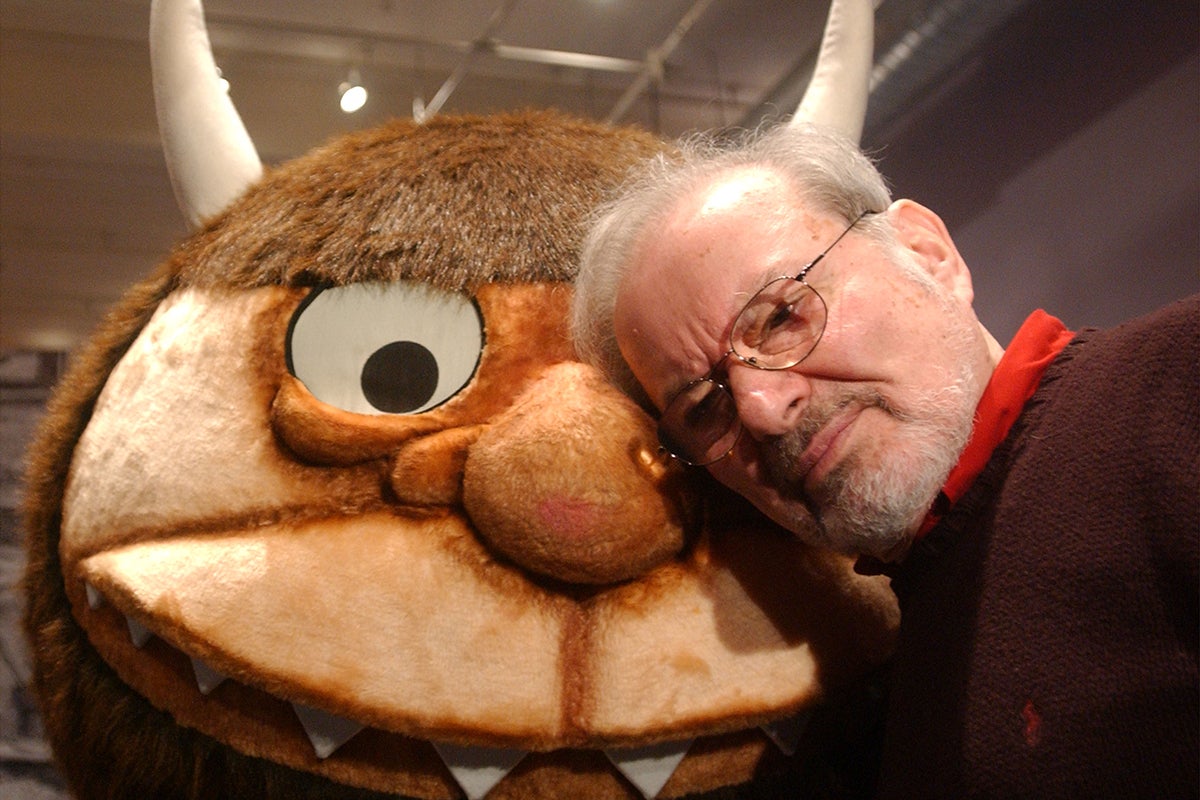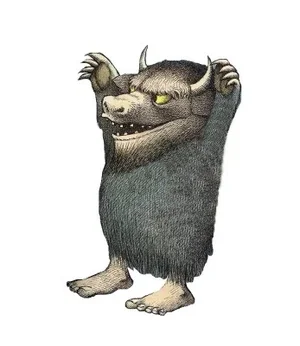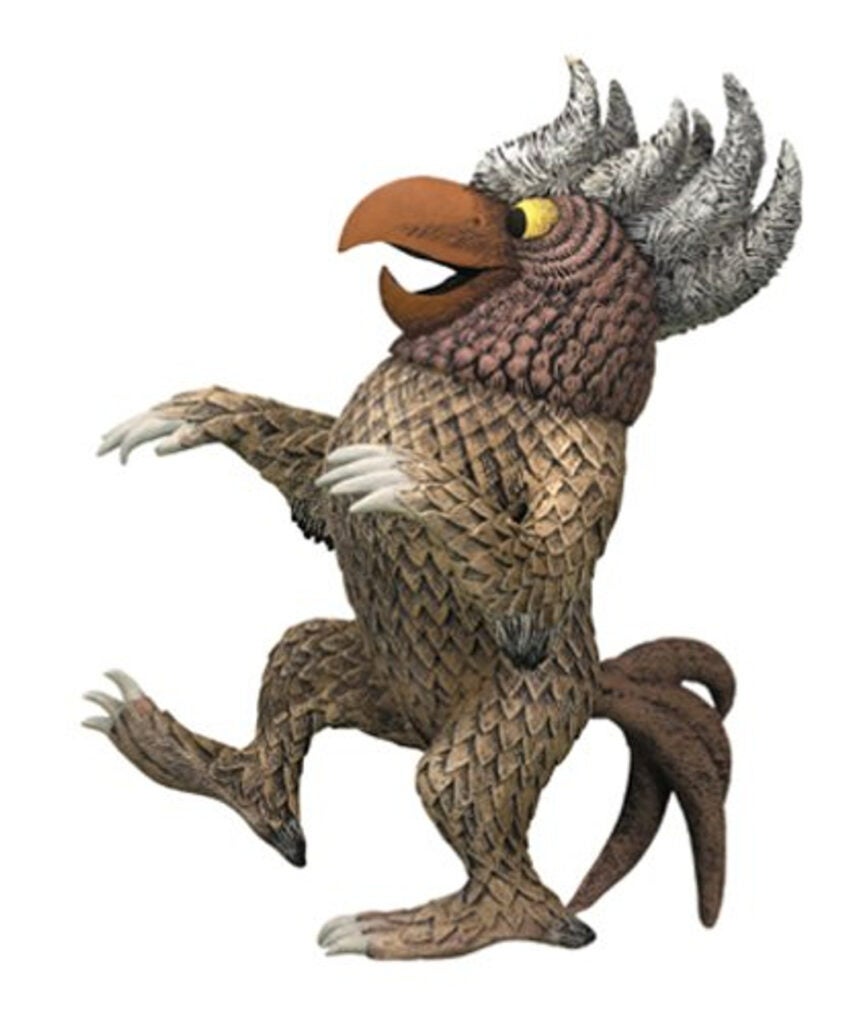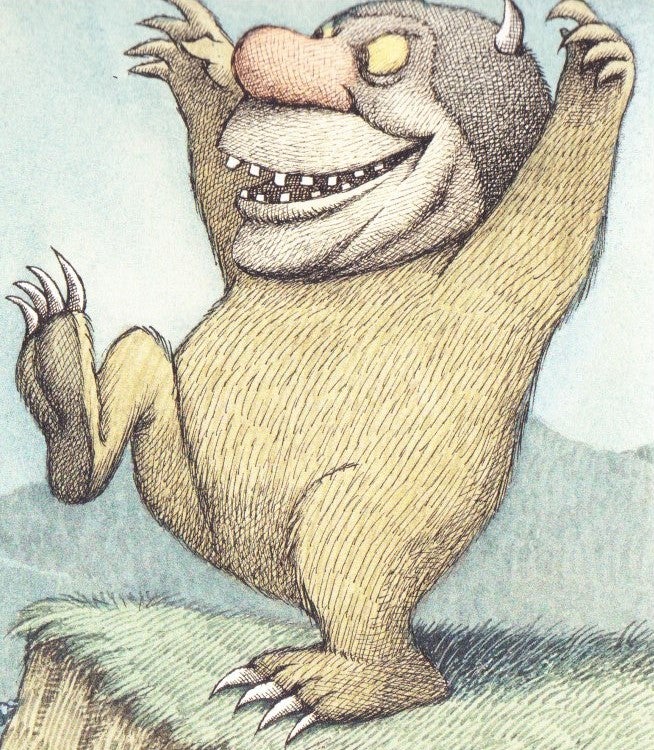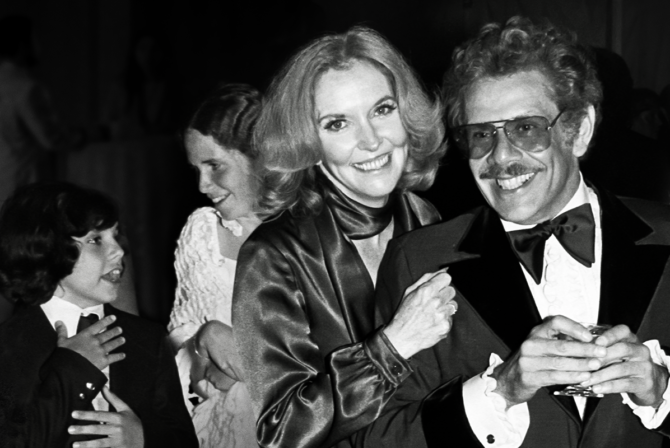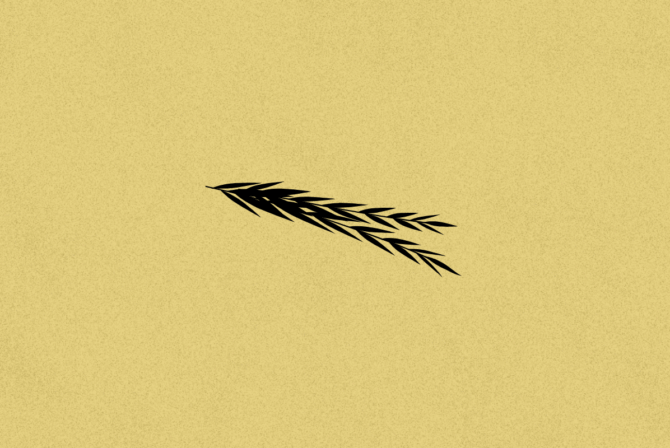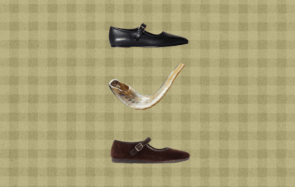Chances are you’re a fan of “Where the Wild Things Are,” Maurice Sendak’s beloved, iconic children’s book about a mischievous boy named Max who skips dinner and goes on an adventure to the land of the wild things. But did you know that those wild things have names, and those names are extremely Jewish?
You’d be forgiven if you didn’t, considering that when Sendak first wrote the book, he didn’t actually name the creatures with “terrible” teeth and eyes and claws.
But when the artist and writer working on adapting “Where the Wild Things Are” into an opera in the 1980s, it was time to name the monsters, and he looked for inspiration from, where else, his Jewish family.
“I went back into my head as to who were monsters in my life… Well, they were all my uncle and aunts,” Sendak recalled in an interview.
In a Scholastic DVD commentary, he describes those uncles and aunts as having “bloodshot eyes and big huge noses and bad teeth, and they would grab you by the cheek and pummel you and say all the conventional things like, ‘I’ll eat you up,’ and knowing them, they probably would and could.”
And so he gave the wild things the names of those aunts and uncles: Tzippy, the Female Wild Thing; Moishe, the Wild Thing with Beard; Bruno, Wild Thing with Horns; Emile Rooster Wild Thing; and Bernard, Bull Wild Thing.
Sendak was born to two Jewish parents, immigrants from Poland. His mother came to the U.S. when she was 17 — her family sent her to the states to work, and any extra money she didn’t use to survive, she sent back to Poland. One by one, she helped the rest of her family move to America, except for one brother. She and Maurice’s father, Phillip Sendak, hoped to also bring his family to America, but by then, the borders were closing and it became impossible. Phillip, the youngest son of a rabbi who came to America to follow a woman he fell in love with and had been sent away to the country after their affair was discovered, felt survivor guilt for the rest of his life. “He was the only survivor of his entire family,” Sendak once told NPR’s Terry Gross.
Young Maurice, who like many kids of his generation was often sickly, lived in a house where the shadow of the Holocaust loomed large. His neighborhood was full of immigrants, the same that would fill his future books, and every week, when he wanted to go out and play with his brother Jack or with his Italian best friend, he would instead have to say home and entertain his elderly relatives. As he waited for his mother to cook them a meal (she was, according to him, “the slowest cooker in Brooklyn”), he would stare at his aunts and uncles, examining their crooked teeth, chin hairs and moles. “Children are monstrously cruel about physical defects,” he recalled.
Decades later, when he was working on “Where the Wild Things Are,” he wanted monsters that weren’t your average griffins and gorillas. He wanted them to feel personal. And that’s why he drew inspiration from his aunt and uncles — those bloodshot-eyed monsters of his childhood, who kept him away from games and fun and whose faces were, at the time, so grotesque to him.
Still, you can see the affection for his family come through — the monsters turned out more goofy than scary, even adorable to some. Sendak uniquely embraced kids’ knack for being wild and free, and understood that those who might be monstrous to children are usually just mundane and commonplace to adults. Sendak also knew that the little kids reading his books would find his own aging face equally monstrous, which is why he wasn’t a huge fan of doing school events and signings.
To kids, adults can be monstrous in ways beyond looks, for the control they can exert over children. But in Sendak’s world, the monsters are in the thrall of childhood play and silliness — a rumpus — which is, in a way, every child’s dream. And while they were the “monsters” of his youth, Sendak’s relatives’ names are now enshrined forever in those lovable creatures, yellow eyes, snaggly teeth and all.
The monsters of “Where the Wild Things Are” with their names and meanings:
Moishe, the Wild Thing with Beard
Moishe is the Yiddish pronunciation of Moses, i.e. the biblical prophet who led the Israelites out of Egypt, and the name of many a famous Jew, like the birth name of legendary artist Marc Chagall. Moishe Oofnik, Oscar the Grouch’s cousin who appears on the Israeli version of “Sesame Street,” also raised generations of Jewish kids. They do look a little alike! Maybe they’re related?
Bernard, the Bull Wild Thing
While the name Bernard comes from German and French and means brave or strong bear, it is a very common name for Jewish men of a certain generation, including U.S. senator Bernie Sanders and author Bernard-Henri Lévy.
Emile, Rooster Wild Thing
Emile is a name with multiple origins and meanings, including “rival” and “industrious.” It’s not thought of as a particularly Jewish name, though it’s not unheard of — like Jewish actor Emile Hirsch.
Bruno, Wild Thing with Horns
Bruno, a name with Germanic roots, means “brown,” “dark” and “dusky,” and Bruno the monster is indeed all those things! The most famous Jewish Bruno is, arguably, artist, author and literary critic Bruno Schulz, who like much of Sendak’s family, was murdered during the Holocaust.
 Tzippy, the Female Wild Thing
Tzippy, the Female Wild Thing
Tzipora was Moses’ wife in the bible, and she’s Moishe’s playmate in Sendak’s tale, going by the nickname Tzippy. Tzipora comes from the Hebrew word for bird (tzipor). Beloved Israeli kids’ entertainer Tzippy Shavit is known for singing and dancing and, like Sendak’s monster, rocks a head of red hair.
